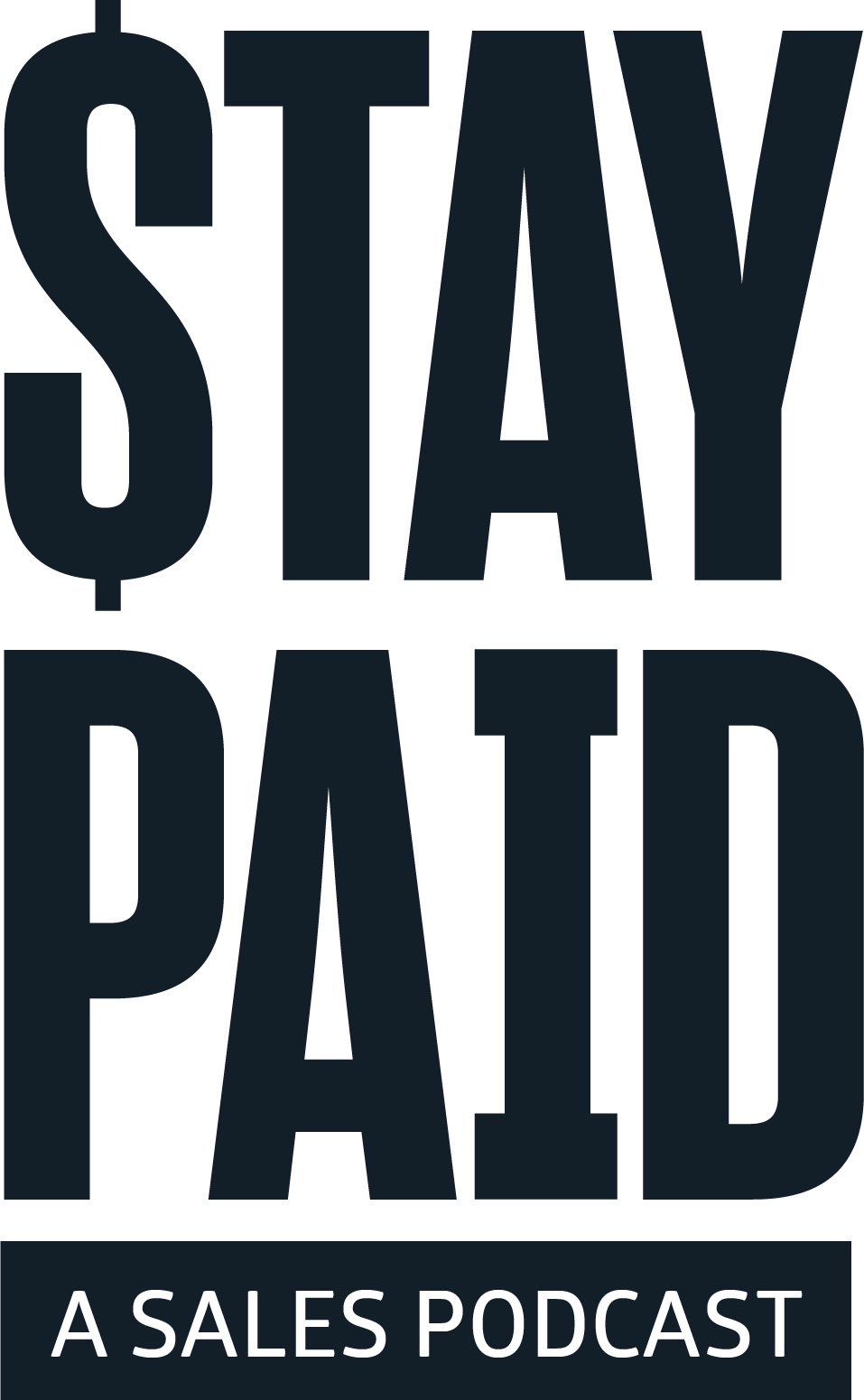Contestants on the show “Shark Tank” face enormous pressure. They have one shot to convince the sharks to invest in their business. That pitch is the difference between gaining tens or even hundreds of thousands of dollars or walking away empty-handed.
Not only does it make for riveting television, but it also provides a barometer for your new business pitches.
If you were on Shark Tank, would your pitch convince the sharks to make you an offer?
Follow these lessons from the show to improve your pitch and land more new business.
Do everything you can to prepare
Just about every episode, you’ll see entrepreneurs get tripped up because they haven’t thought of something or don’t know their business well enough. Richard and Albert Amini are probably the worst case of this.
They did such a poor job of preparing that Mark Cuban got out of his seat and told them that it was the “worst pitch ever. Ever!” And he wasn’t alone in his sentiment. Barbara Corcoran agreed, saying it was the “worst sales presentation I’ve heard.”
The lesson here is that you have to be able to anticipate questions, know what your audience cares about, and have answers ready.
Demonstrate your value
One of the most common mistakes that contestants make is overvaluing their idea. That’s not to say that they are bad. Magician Rick Smith, Jr., was able to impress the sharks with his demonstration. He had even had a few other television appearances before coming on Shark Tank. But he left without a single offer. So what was the problem?
He asked for too much. The sharks didn’t think that they would get a big enough return on their investment. In any pitch, the benefit is not as important as the value.
You need to show why the benefits of doing business with you are worth the price tag you’re charging. Focus on the return of their investment, whether it’s in money, time, peace of mind, or some other metric. And address any barriers or excuses the person could have for saying no.
Use stories to make your points
Facts and figures are important for proving value. But they aren’t as memorable or moving as a good story. That’s because people can relate to characters and situations. Plus, stories activate areas of the brain responsible for emotions and senses. Facts and statements are processed only by the part of the brain that processes language.
Consider the example of the Chord Buddy. Do you think more people remember the statistic that inventor Travis Perry quoted about the number of people who quit trying to learn the guitar or the story of his daughter’s frustration when she was learning to play? That simple narrative put the pain point the product solves into human terms everyone can relate to.
Prepare a few brief stories to highlight benefits and answer questions the prospect might have. If you can turn experiences with other clients into compelling stories, you’ll also add social proof.
Be enthusiastic
If you’re not excited about your business, how can you expect anyone else to be? Enthusiasm can be infectious. That was one of the keys to Aaron Krause’s successful pitch for Scrub Daddy.
“I’ve never witnesses a live infomercial. That was incredible,” Daymond John remarked. He later called it “one of the most amazing pitches” he’d ever seen.
One final ingredient in a Shark Tank–worthy pitch is confidence. When you trust what you’re saying, other people will, too. And if you do all the things described above, you have every reason to be confident in your pitch.



















